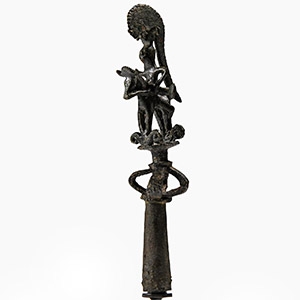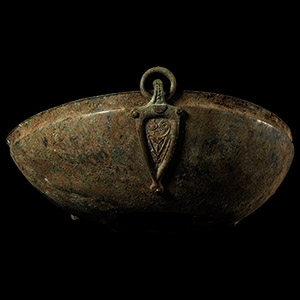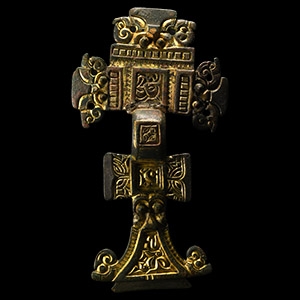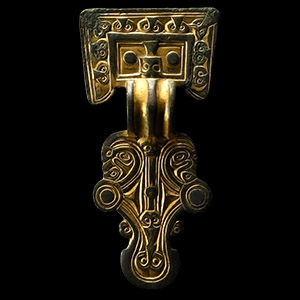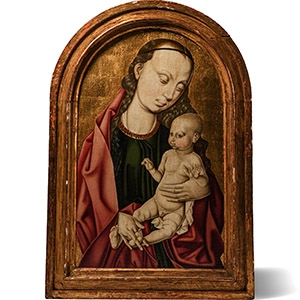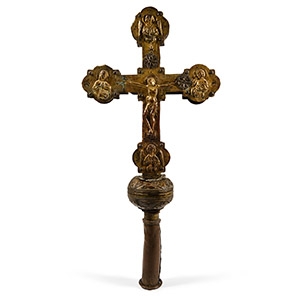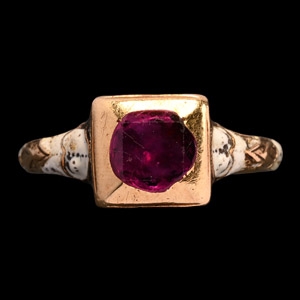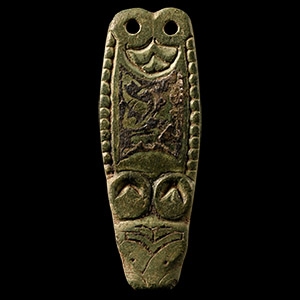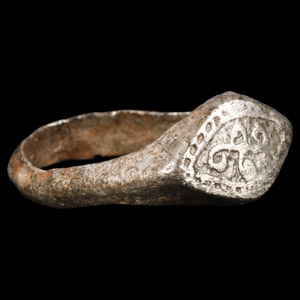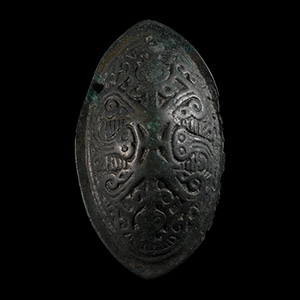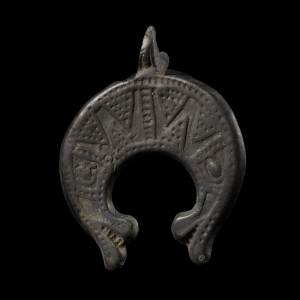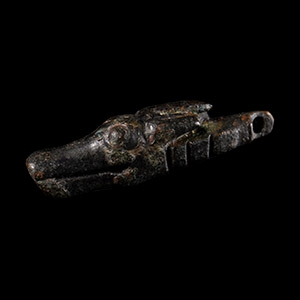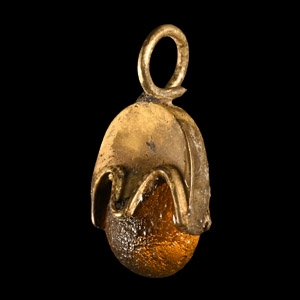Home > Auctions > 5 - 9 September 2023
Ancient Art, Antiquities, Natural History & Coins
Auction Highlights:
From the collection of a North American gentleman, formed in the 1990s.
See Sedov, B.B., Finno-Ugri i Balti v Epokhi Srednevekovija, Moscow, 1987, pl.CVI (4).
Found Berkshire, UK.
Accompanied by a copy of the British Museum's Portable Antiquities Scheme (PAS) report no.BERK-28A953.
Acquired 1970s.
From the private collection of a Northern Ireland gentleman.
Ex private Merseyside, UK, collection.
Cf. Chadour, A.B., Rings. The Alice and Louis Koch Collection, volume I, Leeds, 1994, item 584, for type.
Ex property of a Dutch collector before 2014.
From the collection of a North American gentleman.
Cf. Nerman, B., Die Vendelzeit Gotlands, Stockholm, 1969, pl.VII:5, item 271.
Tortoise brooches were associated strongly with wealthy females in Scandinavian communities from Ireland to Russia. Regional taste affected the decoration and the height of the dome; the present example has a carinated profile.
Acquired 1970s.
From the private collection of a Northern Ireland gentleman.
Ex private Merseyside, UK, collection.
Cf. Griciuviene, E., Žiemgaliai. The Semigalians, Vilnius, 2005, item 525.
Acquired on the German art market before 2000.
From an old Munich collection.
From the collection of a North American gentleman, formed in the 1990s.
Cf. Arbman, H., Birka I: Die Gräber, Uppsala, 1940, pl.100(18).
Acquired 1980-2015.
Ex Abelita family collection.
This amulet was believed to offer protection against 'Elfshot'. The attack of elves was believed responsible for mysterious suffering in men and livestock. 'Elfshot' described sudden shooting pains localised to a particular area of the body, such as in rheumatism, arthritis or muscle stitches or cramps. Elves were thought to shoot darts or arrows where such pains had no obvious external cause. Belief in elfshot persisted into the 20th century in rural areas, and as proof country folk would sometimes find small arrowheads (the remains of Neolithic or Mesolithic flints, or naturally-occurring spear-shaped stones) that were believed to be the magical weapons that caused the afflictions. Belief in elfshot began in the Pagan Germanic period.
From the collection of a North American gentleman, formed in the 1990s.
Cf. Arbman, H., Birka I: Die Gräber, Uppsala, 1940, pl.109(5).
Found Berkshire, UK.
Accompanied by a copy of the British Museum's Portable Antiquities Scheme (PAS) report no.BERK-138BD4.
From the collection of a North American gentleman, formed in the 1990s.
Cf. similar dress-pin in the British Museum, London, under accession number 1891,1021.101.
From the collection of a North American gentleman, formed in the 1990s.
1117 - 1128 of 2453 LOTS

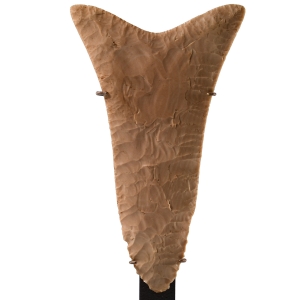
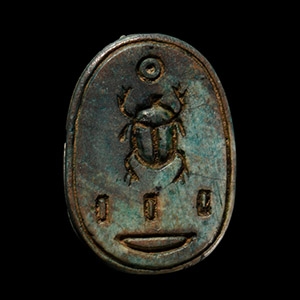
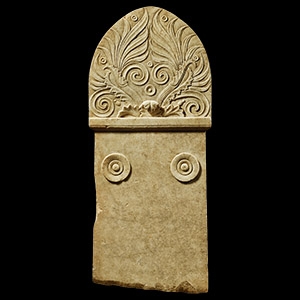
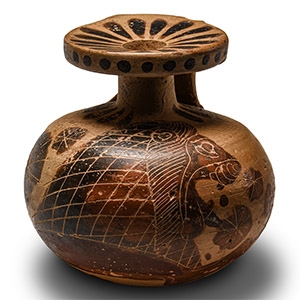
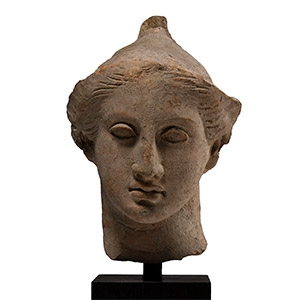
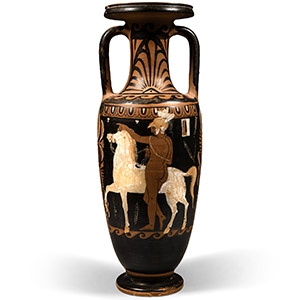
.jpg)
.jpg)
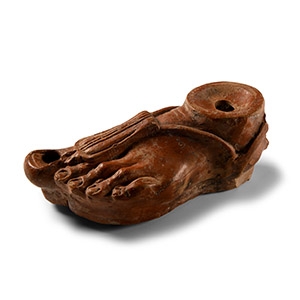
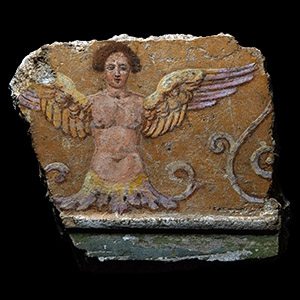
.jpg)
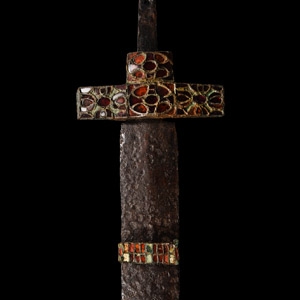
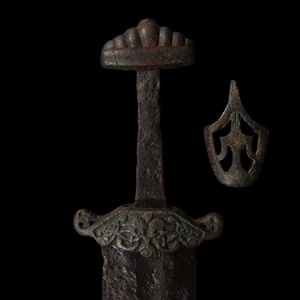
.jpg)
